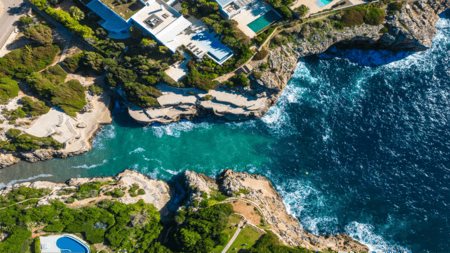The horse and ‘ball’ tradition of polo, once the favourite past time of Eastern emperors, eventually spilt over to the West, to have a firm foothold in SA.
Those passionate enough about this sport to have invested heavily into a lifestyle close to their beloved ponies, are assumed to be in appreciation of what Sir Winston Churchill once said: “There is something about the outside of a horse that is good for the inside of a man”.
Some records show the history of polo going back to 600BC when in the first recorded Polo tournament, the Turkomans beat the Persians in a public match, and today the oldest active polo club in the world is claimed to be The Calcutta Polo Club founded in 1862 Since polo arrived on English shores spreading to elite global circles, it has retained its association with the higher echelons of society and is viewed as an elitist past time.
According to the SA Polo Association, the sport was brought here by British cavalry regiments garrisoned in the Eastern Cape in the late 19th century, and the country's first polo tournament was reported to have taken place in King Williamstown in 1885. Today the SA Polo Association actively promotes the sport through a range of sophisticated facilities at almost 40 polo clubs, where in excess of 400 players are registered, and a number of polo schools spread around the country.
Since the months of March and April are heavily scheduled with match fixtures nationally, the emphasis once again falls on spectacular event locations where foreign and local professional competitors are hosted. Possibly one of SA’s best known clubs and polo schools, The Inanda Club in Johannesburg alone boasts international field measurements of 83 000 square metres, stabling for 130 horses, a stick and ball practice area as well as a Novice and Youth Polo School. Many schools and clubs in outlying areas enjoy rural and mountain locations, such as Plettenberg Bay, Paarl, Franschhoek and Swartberg in the Western Cape, Bergville, Drakensberg and Noordberg in KwaZulu Natal, and the Maluti Mountain Range of Lesotho. SA’s Inter-Provincial Tournament as well as the SA Championships are played annually during the winter months of June and July.
Known over generations, to have had its traditions firmly set in family involvement, travelling teams place great value in finding more than just livery for their horses, in some cases up to six ponies per player. Some clubs and schools also offer temporary accommodation for competing families and travelers from afar, of the stylish kind that comfortably lives up to international standards.
Then there are private residential estates that offer property owners stabling and riding facilities, yet polo facilities for competitive purposes at estates such as Val de Vie Wine and Polo estate in Paarl, remain a rare commodity. Here the estate’s facilities range from a polo school and fields, to 635 estate properties with freehold plot measurements of 2790m2, as well as state of the art entertainment to suit generations of well heeled families wishing to carry on old traditions. This working wine farm is located within close proximity to Franschhoek and Stellenbosch, as well as Cape Town International Airport.



